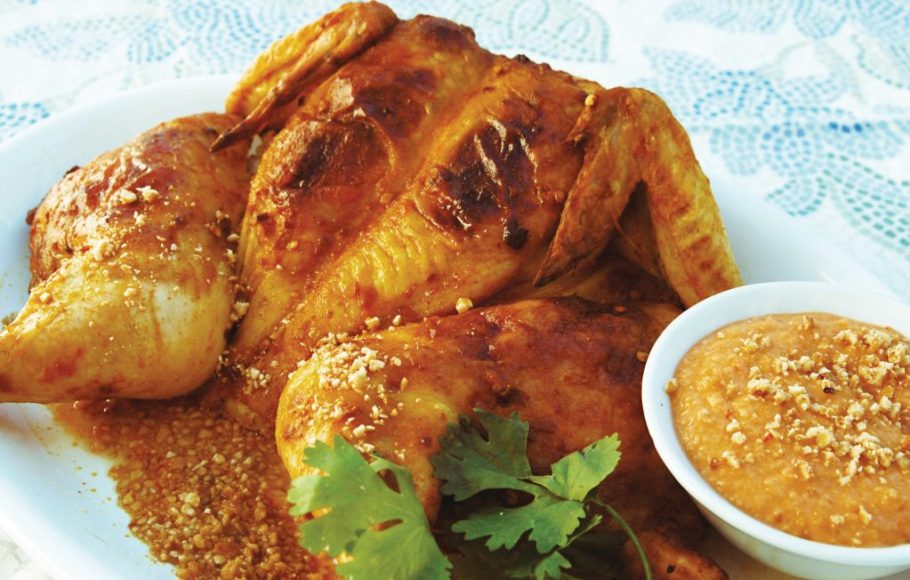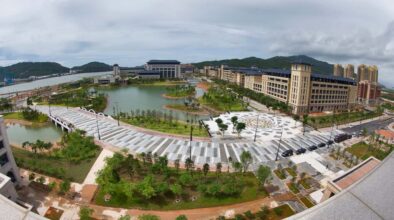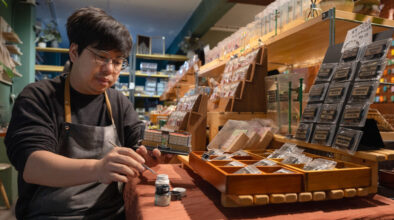TEXT António M. Jorge Da Silva
The marriage of Portuguese and Oriental cookery gives birth to a cuisine unique to Macao
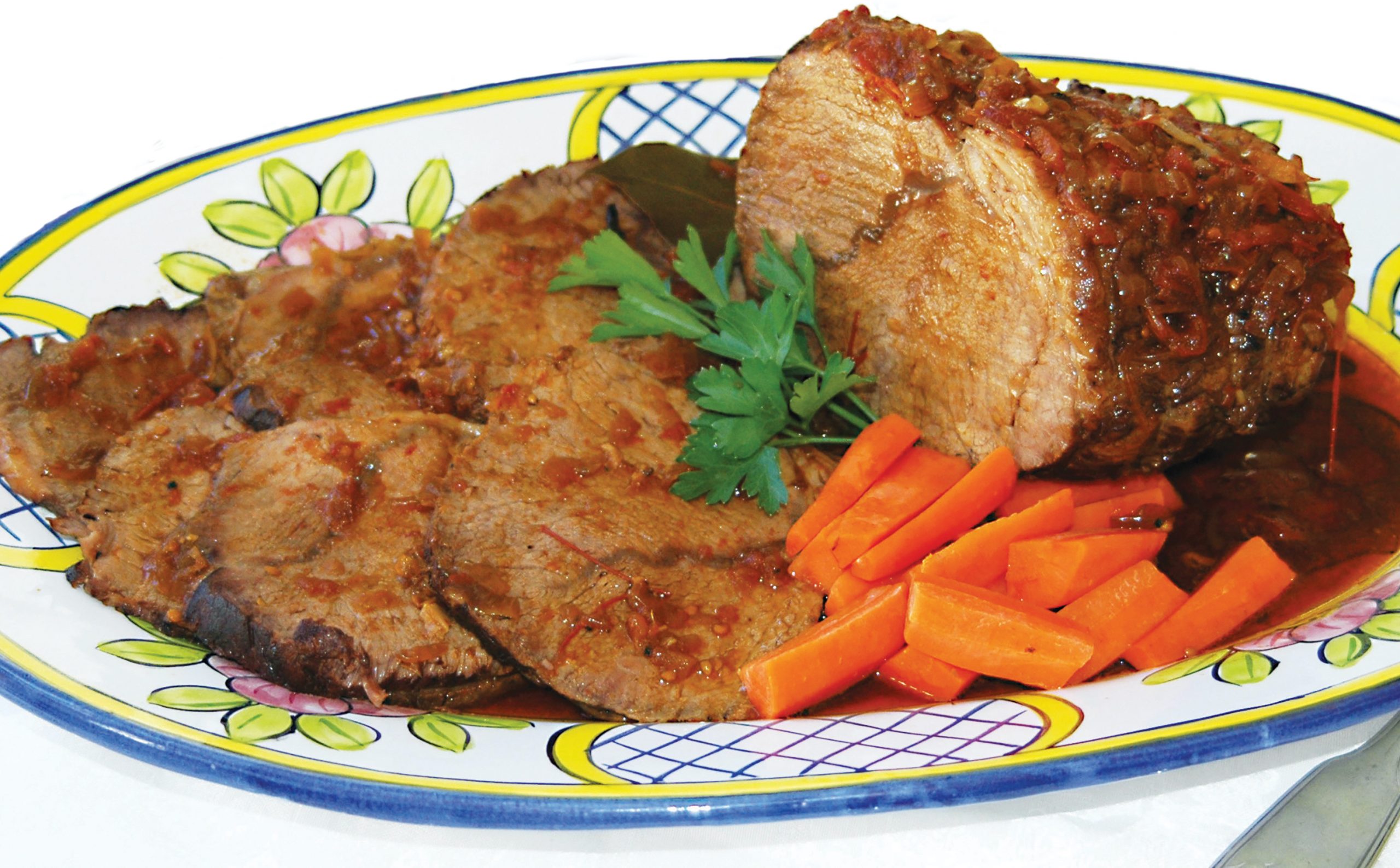
Emerging from the murky waters of the Pearl River in 1513 came a bearded man the likes of which the Chinese had never seen before. This stranger and those who followed him in later years were to eventually change the Middle Kingdom of China forever. For the Portuguese their golden years were to begin. A hundred years before, the Portuguese sailors of the Great Western Seas (Tai Sai-Yeung in Cantonese) had discovered Africa, Brazil, the Malabar coast of India, the Moluccas, Malacca near the tip of the Malay Peninsula then China and Japan. The Portuguese soon brokered a forbidden trade between the latter two countries.
A permanent base was required for the Portuguese to manage this operation. Near their first landing a tiny peninsula on the bay of A-Ma-O having a protected natural harbour and just south of Guangzhou (Canton) where the Pearl River emptied into the South China Sea seemed ideal. In 1557, with gratitude for the clearance of pirates in the area and seeking continued safeguard, the Chinese Authorities of Kwangtung province of which Guangzhou was the capital allowed the foreigners to remain and settle. There, the Portuguese were allowed to build permanent structures that soon brought other traders to the first European settlement in China they named “Macao.” This first group was made up of “Casados,” married men permitted to leave the service of the Crown to settle as traders.
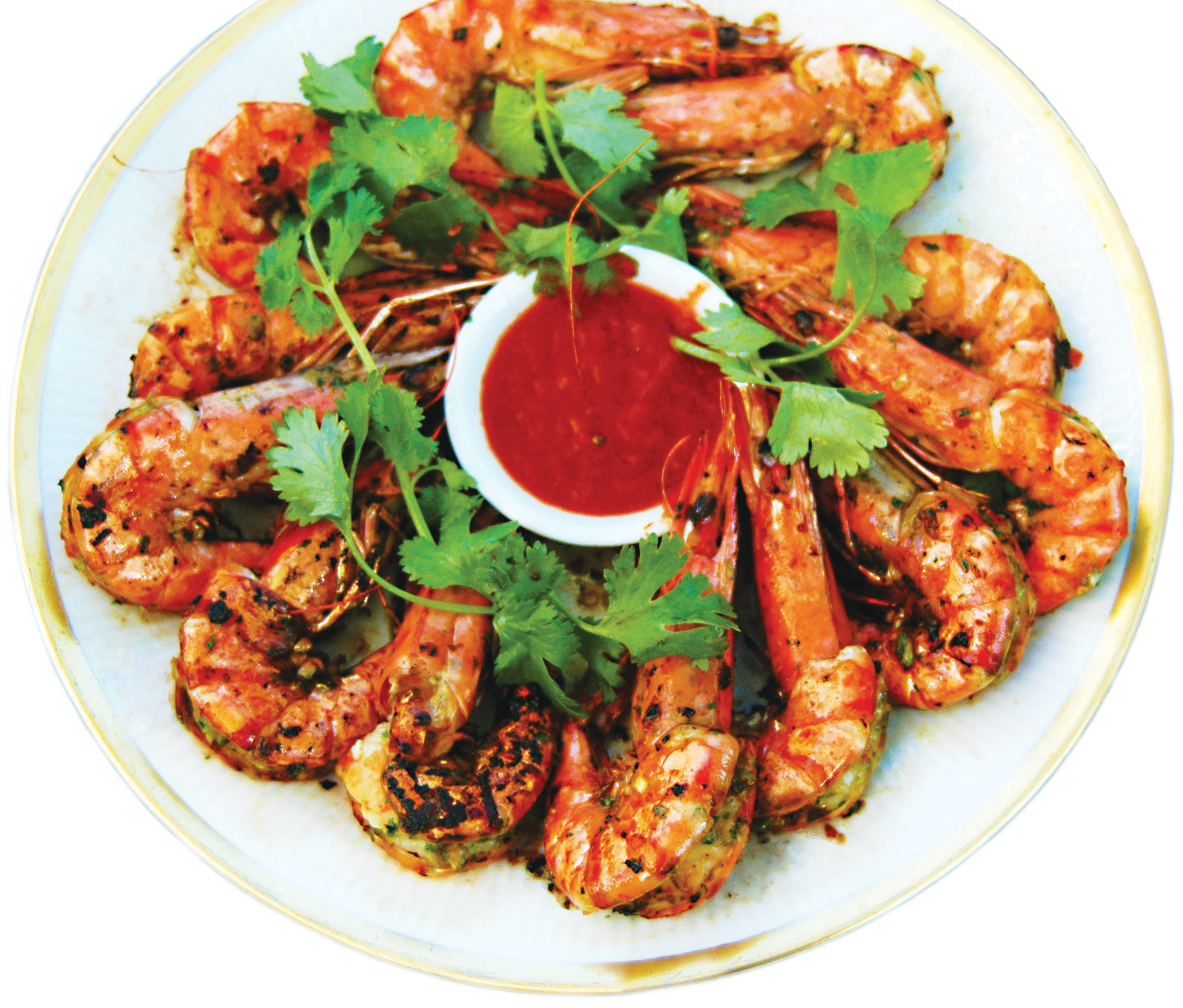
In Macaenses – The Portuguese in China one reads: “The first settlers in Macau, Casados, brought with them their African, Indian and Malay women and children. Japanese women brought to Macau as concubines as well as the wives and children of the Portuguese traders expelled from Japan in the first half of the seventeenth century added to the racial mix as eventually did the Chinese.”
It is well to point out that there were no European women among them as the long and hazardous journey from Europe in their small naus that sailed to Africa and Asia in the 15th to early 16th centuries made that impossible at this time in history. In his book Seventeenth Century Macau, Charles R. Boxer stated that Peter Mundy, a merchant factor writing about Macao reported in 1637 that there was “but one women in all this towne that was borne in Portugal…”
Initially the Chinese looked upon the Portuguese as Fu-lan-ki [foreign devil] and barbarians only associated with them for business, the supply of provisions and food essentials. As in settlements before Macao it was the women they lived with that did the cooking. Following many generations in other parts of Africa, India and the Malay Peninsula the food the foreigners ate had taken on a different character employing local ingredients and methods of cooking, however, the base food-‑parameters were always Portuguese. At first the local Chinese did not intermingle with the Portuguese settlers, only over a century later did Chinese ingredients and cooking methods enter into the processes of Macaense (t’ou sang po yan in Cantonese) cookery.
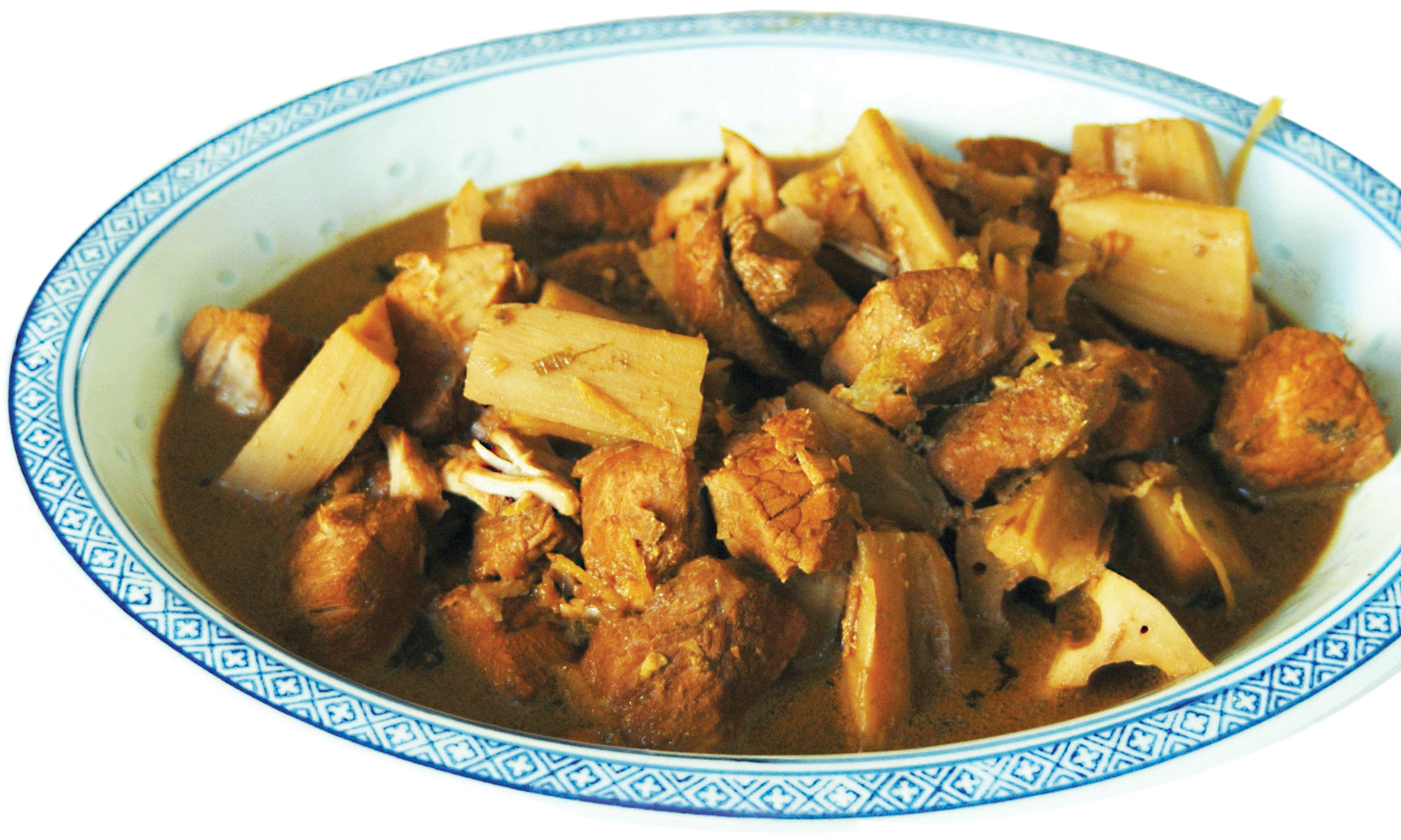
The majority of Portuguese sailors who made the long journey to Asia with the merchantmen were uneducated men mainly from the Portuguese countryside. In their small ships they carried rations of biscuits, wine, pork preserved in vinegar and wine (vinha d’alhos), water and olive oil. In later years following the discovery of Brazil and the Spanish discovery of the Americas, they brought fruits and vegetables that would change the cooking of the Indian Sub-‑continent and Southeast Asia. Chili peppers would make the biggest impact on Indian and Malay foods. Verbal communication between the Portuguese, the natives in other settlements, and traders from other countries engendered a pidgin from Portuguese mixed with a few words in other languages. Over the years and from location to location this pidgin entered Macao and continued to develop mixing with Chinese then a few English words to become a creole language known as maquista or patuá. Many ingredients from old recipes still retain maquista words: saffrang for turmeric, sutate for soy sauce, cincha for stuffing, bafassá for braised then roasted or baked and fula, a flower, as in fula papaia for papaya flower.
With Portuguese food as a base, Macaense cuisine evolved using the mixtures of spices and cooking methods of Goan, Malaccan, and a little Timorese, followed by, and particularly, the Chinese culture
Isolated from the rest of the world except by sea until the end of the First Opium War in 1840, the Macaense people, their patuá and their unique cuisine found its way to Hong Kong then Shanghai, not to mention the small communities in the Treaty Ports agreed to by the Treaty of Nanking (Nanjing) after Hong Kong was ceded to the British in 1841.
Macaense cuisine continued to be the mainstay of the evening meal of the tight communities that developed in these new centers of trade along the eastern Chinese coast. Quite a few of the men in those communities brought leftovers from the night before in vertically stacked interlocking metal storage containers known as kak-taus to their places of work for their tiffins (lunch).
Leftovers, especially meats from parties, birthday celebrations, weddings and Christmas gatherings were usually made into other dishes the following day. For example, a Vaca Estufada and a Porco Bafassá would be combined with other meats such as chicken and Chinese Char-siu (Barbecued pork) to make a delicious Virado.
Synthesis of Macaense Cuisine
Macaense cuisine is closely related to the cooking in Portugal and the Portuguese countryside. The influence on Portuguese cuisine evolved from centuries of Roman and Arab occupation of the Iberian Peninsula. Jewish influences should not be discounted either. The Romans introduced onions, garlic and olives among other vegetables while the Arabs brought in sugarcane, rice, citrus fruits and the use of spices such as cinnamon, nutmeg with the reintroduction of saffron. With Portuguese food as a base Macaense cuisine evolved using the mixtures of spices and cooking methods of Goan, Malaccan, and a little Timorese followed by, and particularly, the Chinese culture. As the Chinese population in Macao grew exponentially over the years so their cuisine melded more and more with local Portuguese food.


The diversity of Macaense cuisine can be seen in recipes derived from the countries in which they settled historically:
- Africa – Galinha Africana (African Chicken), Prawns Piri-piri, Peixe Esmargal;
- India – Porco Vinho d’Alho (Pork Vindaloo)
- Malaya – Sopa de Lacassá (Spicy Prawn Soup), Porco Tamarinho (Tamarind-shrimp Paste Sauce), Galinha Saffrang (Chicken with Turmeric sauce);
- Timor – Limão de Timor (Timor lemon);
- China – Porco com Restrate (Pork with Lotus Root), Margoso Lorcha (Bitter Squash with Ground Pork), Galinha com Rabano (Chicken with Daikon Radish).
Minchi and Cheese Toast were introduced by the Portuguese community (Macaenses) of Hong Kong, though the latter can be said to be Colonial British, and Shrimp Toast of Chinese origin. Many of the other recipes eaten in Macaense homes and celebrations are Portuguese with little to no additions of local spices. Pastéis de Bacalhau, Caldo Verde, Arroz Doce, Natas, and Torta de Laranja, just to name a few, are all from Portugal.
Rice is the staple in almost all the main courses over or beside which the meats, vegetable and gravy are served. Gravy plays a big part in Macaense cuisine. Some of it inherited from the Nhonhas – young woman, either single or married of Chinese ethnicity – centuries before and much of it retained from the inexpensive way of stretching a meal of gravy over rice when many were refugees in Macao during the Japanese occupation of Hong Kong during World War II resonating that need was something the Chinese beggars chanted after that war in the alleys behind the houses in both Macao and Hong Kong – “Laang-Fan, Choi-chup” (cold rice and vegetable sauce), echoed in those lonely lanes. The sorrowful sound from those poor people with less than enough to eat still haunts the minds of many Macaenses. Few realised then the affinity and empathy felt between two peoples, living side by side, who hardly ever spoke to one another.
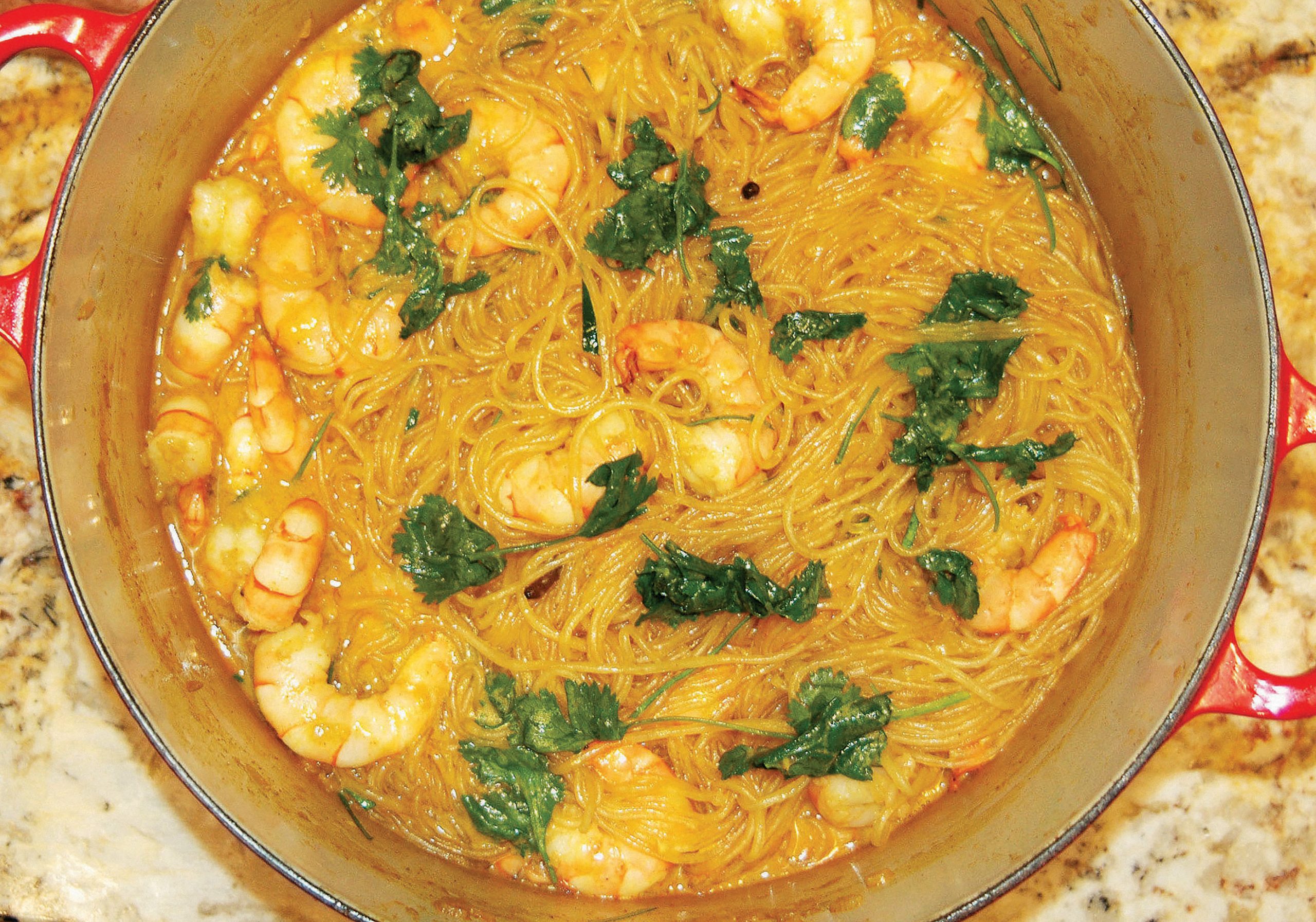
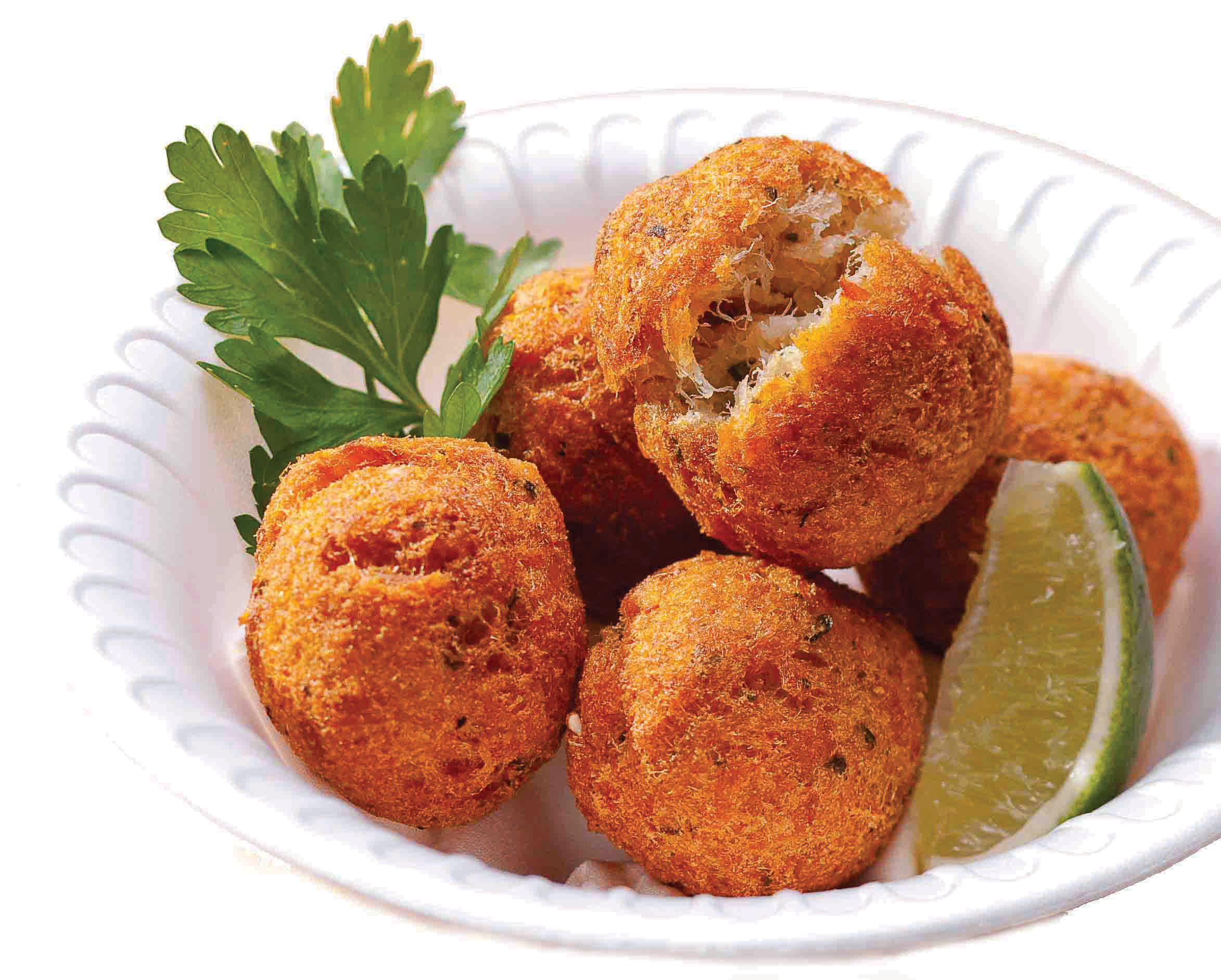
Following the British colonisation of Hong Kong, the Macao Portuguese who moved there had to compromise on the ingredients of their food. Portuguese ingredients were not available in that newly founded colony, and a trip to Macao and back was just too long. The growing Macaense community there had no choice but to substitute Chinese Sausages for Chouriço, Sherry for Port wine and Chinese rice wine came to replace Portuguese wines used for cooking. Understandably the Hong Kong recipes differed from those of Macao, but much of the Portuguese taste in recipes such as Feijoada Macaense, Vaca Estufada, and Capela was not there anymore. Many of the dishes brought in from Portugal, served in many Macao restaurants and family festivities there, were neither available in Hong Kong nor cooked by the community in that British colony. Very popular in Macao were Pastéis de Bacalhau, Iscas (liver) and Rins (kidney) à Moda de Macau, Galinha Africana, Feijoada Macaense, and many more.
Additional changes came after their diaspora to other countries. Those who went to California soon found that they had to change the quantity of eggs in their dessert recipes, as the eggs were much larger than those in Macao and Hong Kong. The same applied for other ingredients such as onions, garlic, tomatoes and much more as these were also very large by comparison. Even the soy sauces transformed with the introduction of new varieties such as sweet soy, double-‑black soy and a host of Japanese soy unknown in older recipes led to modifications and a new era of recipe evolution.
Macaense cuisine, now embodied among other popular “fusion” foods continues to evolve outside of Macao. However, some dishes have already vanished from the dining tables of those who have emigrated to California, Canada and Australia. Ade Cabidela, Miçó Cristang, Cria-‑Cria, Galinha Parida, Toresmo, etc. are almost never cooked now. It seems the younger generation has never heard of them as probably their parents have not either. Other recipes in danger of fading away are dishes cooked with Balichão as this shrimp sauce will almost certainly not be made by future generations, and similar Malay and Filipino sauces available in Chinese markets just do not taste the same. New recipes based on familiar tastes from Macao such as the author’s Feijoada, Minchi Buns and Bosco Correa’s Diabo (made with beer) will continue to be developed for at least the next generation or two.
FEIJOADA MACAENSE
Macaense Bean and Meat Stew (Serves 6)
Olga A. Pacheco Jorge da Silva, Recipe circa 1960s
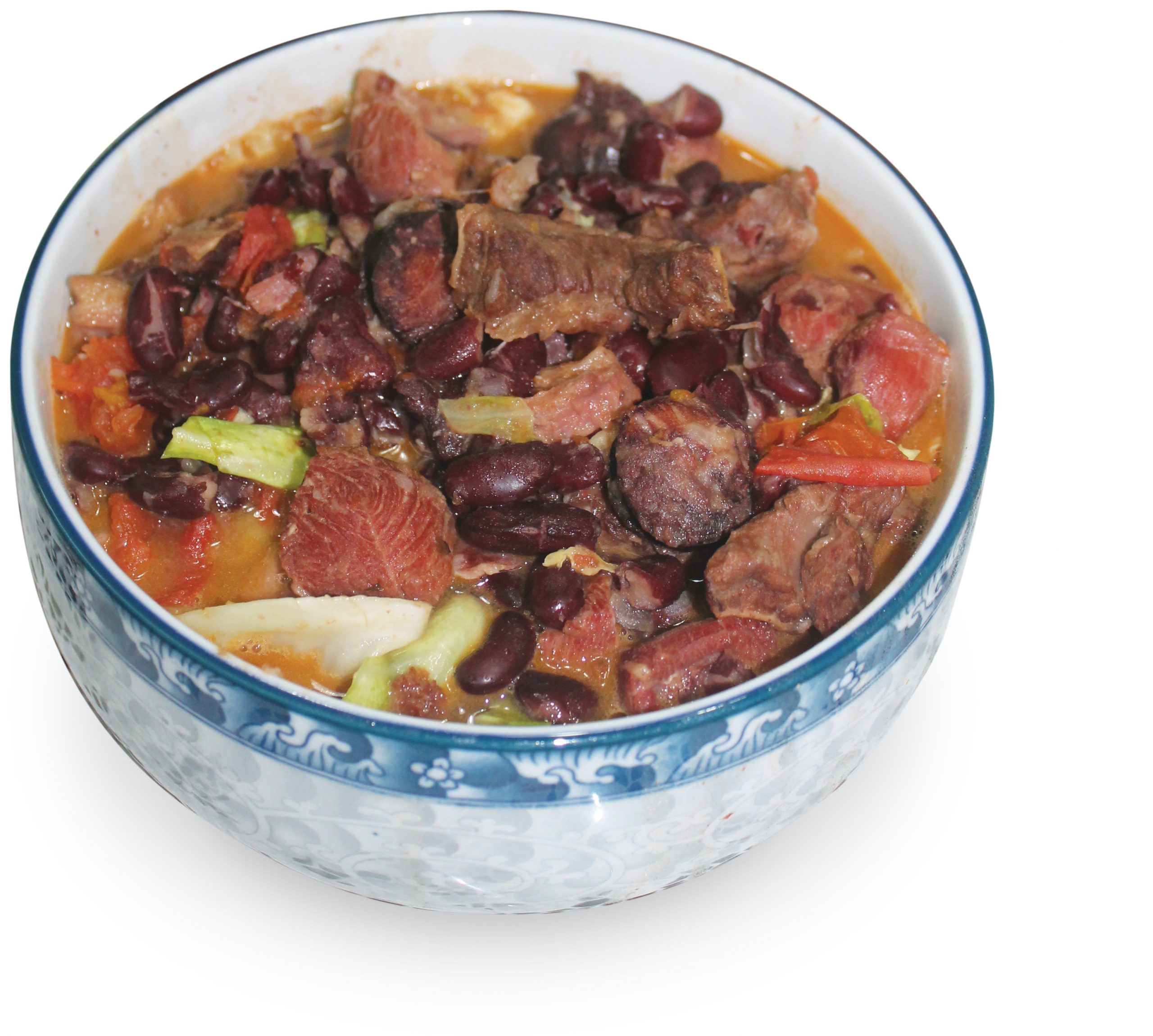
Feijoada, originally a Portuguese bean stew made with white beans and meat, is made differently in Macao using red kidney beans, and in Brazil, using black beans. Cabbage is also used in the Macao version of this dish. The ingredients and the meat used also vary, depending on both availability and tradition. Tradition in as much as the use of a pig’s snout and ears would be used in a typical countryside recipe in Portugal and possibly Brazil, but not in Macao. The use of a pork hock with skin seems to be all that is left of that tradition.
Ingredients
- ½ lb pork shoulder, 2‑inch cubes
- 1 lb beef, 2‑inch cubes
- 1 pork hock, butcher cut into 2 pieces (optional)
- 2 onions, sliced
- 1 Portuguese chouriço or linguiça, ¼‑inch slices
- 4 lb red kidney beans – canned* (uncooked beans are normally used)
- 4 tomatoes, halved and sliced
- 1 head cabbage or Swiss chard, cut into 1‑inch strips
- 1 bay leaf
- 3 cloves garlic, chopped
- ½ cup Port wine
- 2 cups beef stock
- ¼ cup Portuguese olive oil
- salt and pepper to taste
Method
- In a large saucepan add oil to cover the bottom, fry the slices of linguiça, lightly browning both sides. Remove the sausage slices
from the pot and set aside, covered, in a small bowl or plate. - Add the bay leaf, garlic, and onions, and fry over medium heat until translucent.
- Add the pork and the beef. Raise heat to high and stir to lightly brown, all sides of the meat with the purpose of sealing in the juices of the meat.
- Add the Port wine, stir in and leave to cook for 5 minutes to reduce the wine.
- Add the tomatoes, stir in and cook loosely covered over medium heat until the tomatoes are soft.
- Add the sausage slices and the pork hock (if using). Cook for about 5 minutes, stirring occasionally.
- Add the beef stock, bring to the boil, then cover the pot and lower the heat.
- If cooking over the stovetop simmer over very low heat for 2½ hours.
- Stir occasionally to prevent the meat from sticking to the bottom of the pot.
- If cooking in the oven (preferred) set the heat to 250°F and leave the covered saucepan to braise for 2 ½ hours. This reduces the necessity of stirring and guarantees the meat to be very tender.
- Note: In Macao this Feijoada would be cooked on the stovetop. Now in California, it is normally cooked in the oven.
- Remove the pot from the oven and continue to cook over the stovetop over low heat.
- Add the cabbage and the beans, stir to mix. Cover and cook over low heat for about 30 minutes (if using pre‑cooked
beans) until the cabbage and beans are cooked. - Serve with French bread or over rice.
* Cooked canned beans are used to simplify preparation. If using uncooked beans, soak the beans overnight to soften. Rinse and set aside. Cook the beans on the stovetop by bringing them to the boil then simmer over low heat for at least an hour (check for doneness) until tender. After that cook as one would the canned beans in the recipe.
